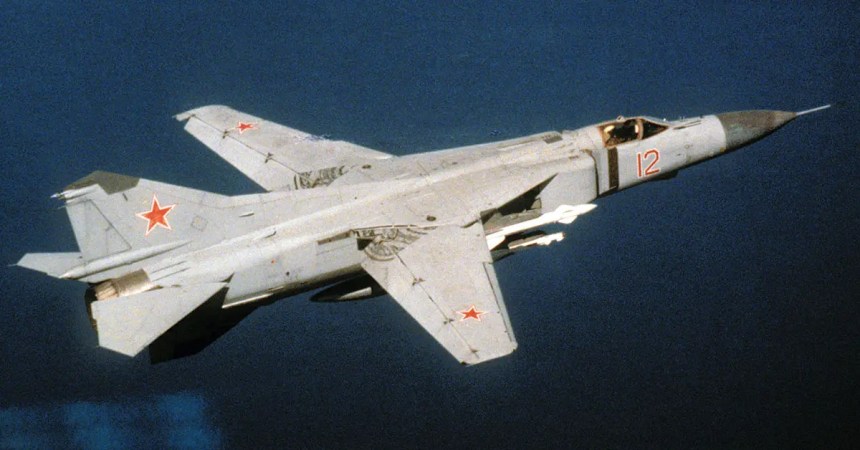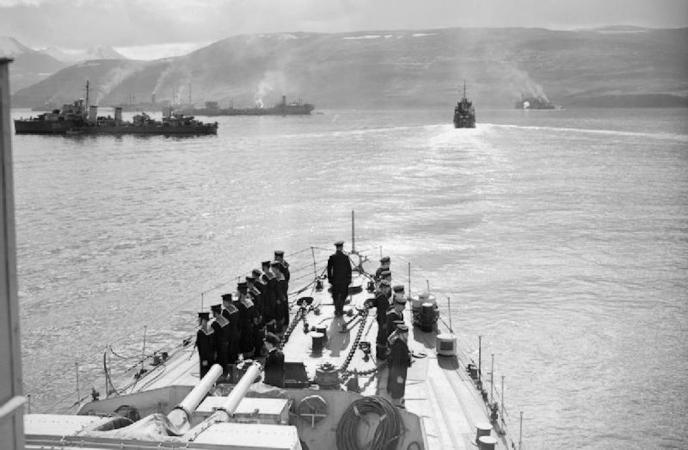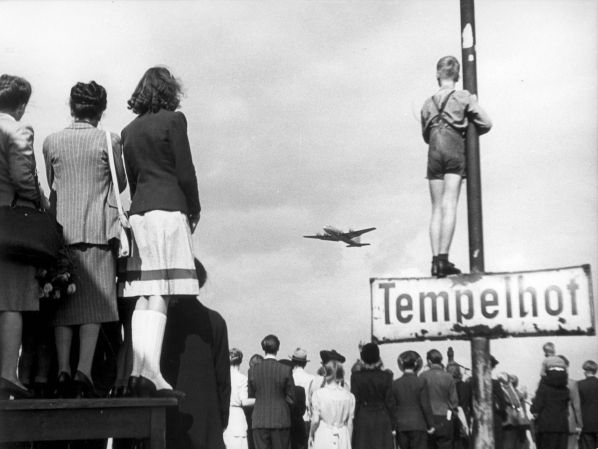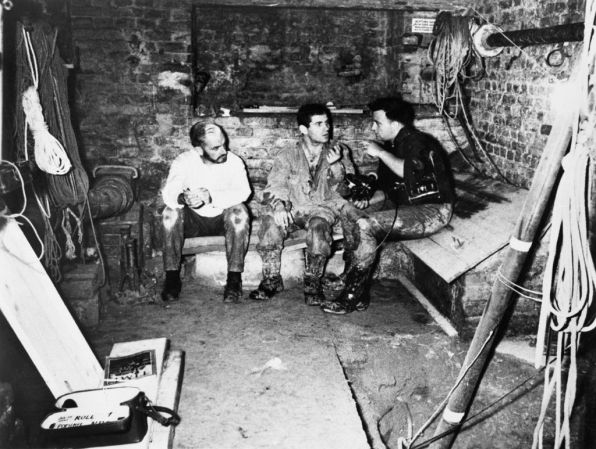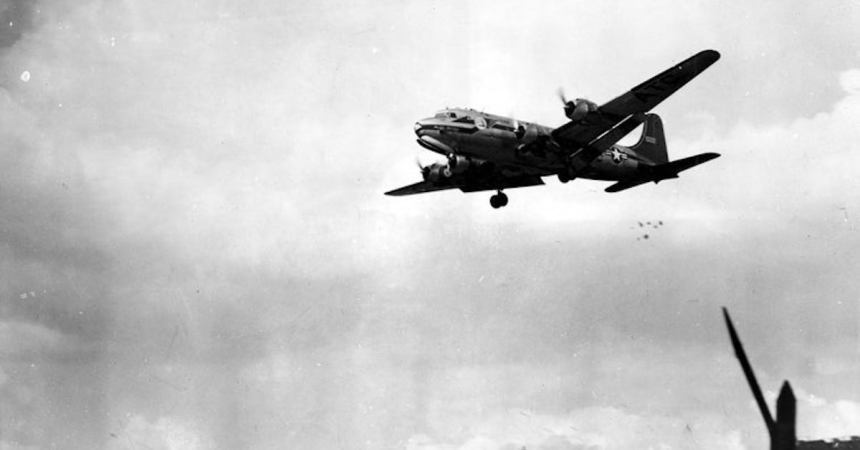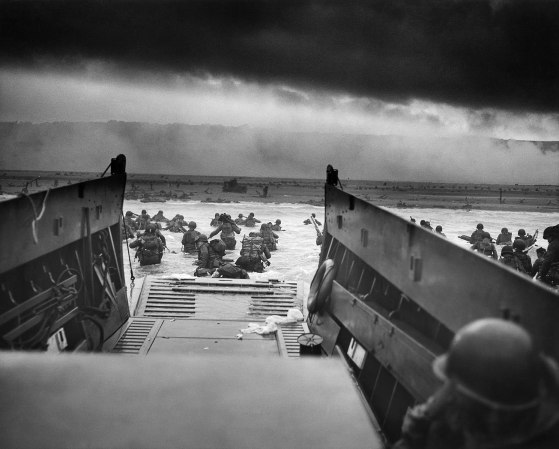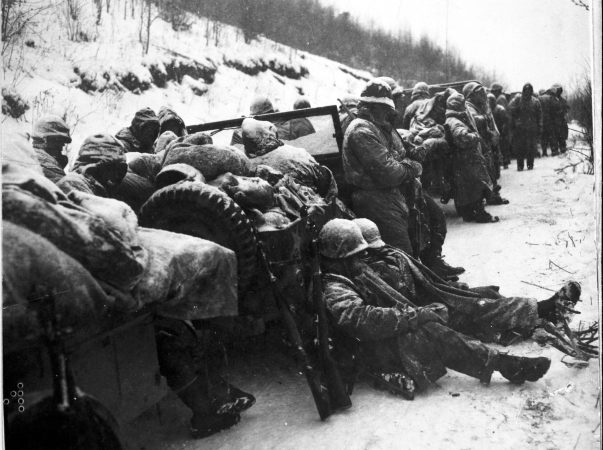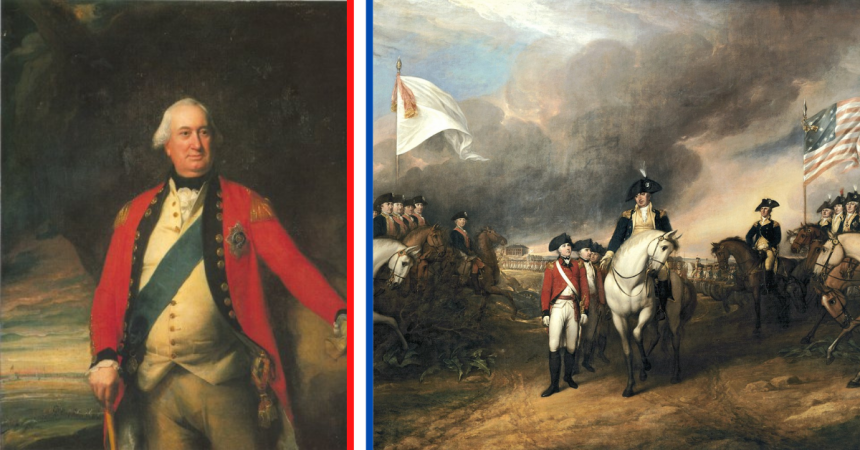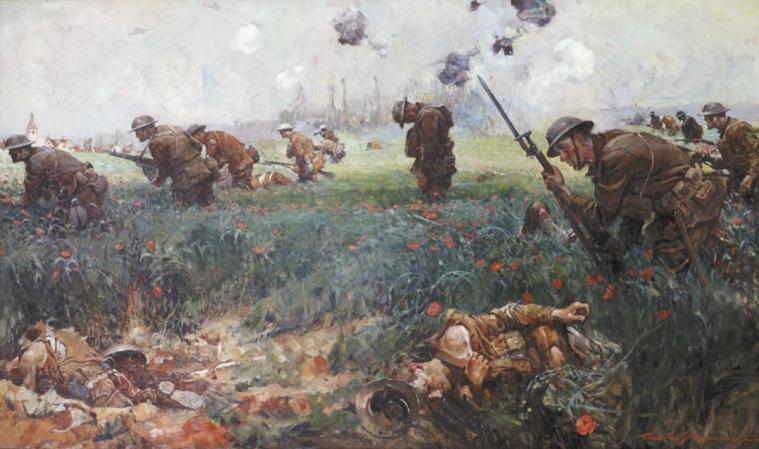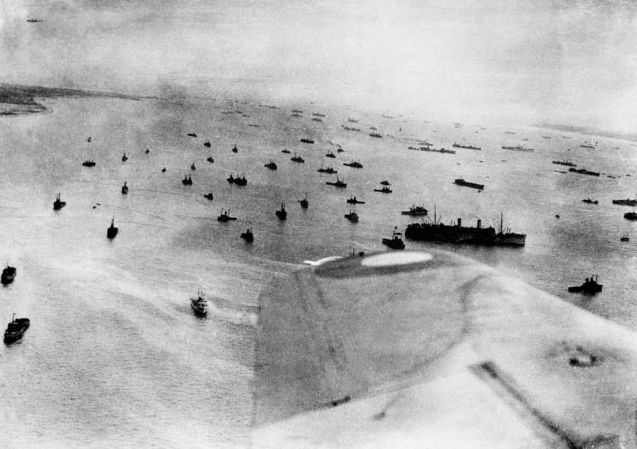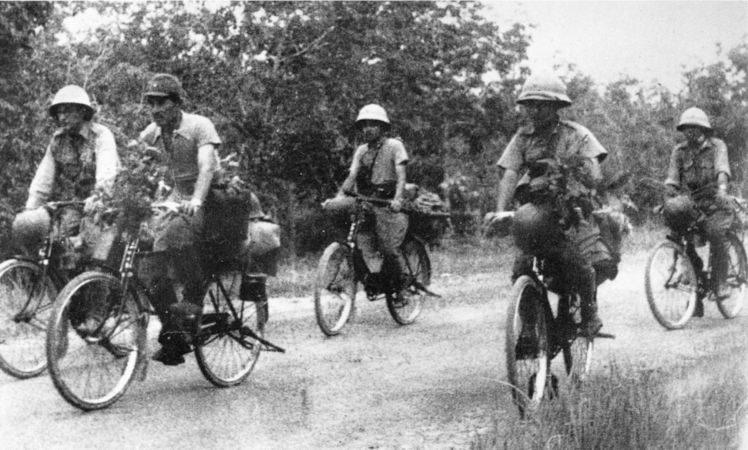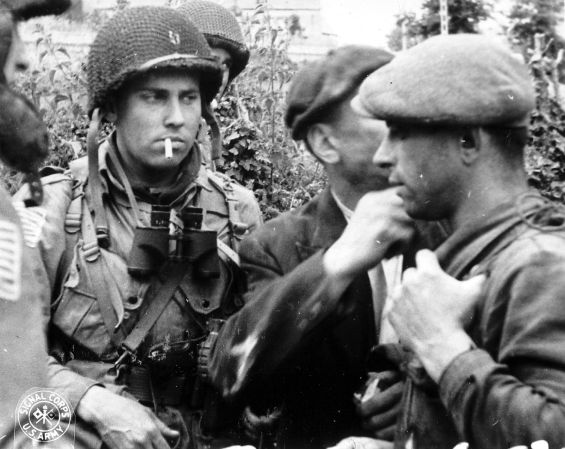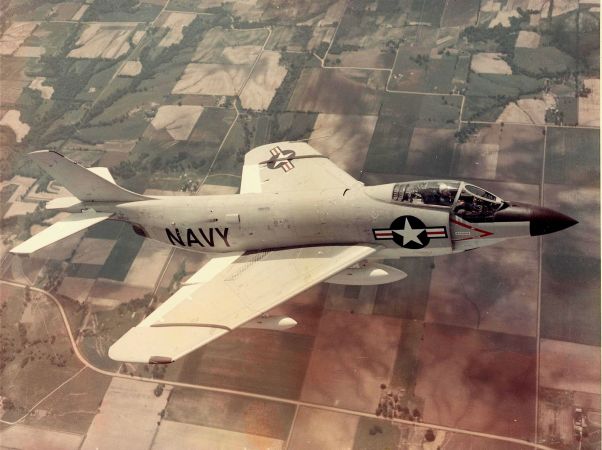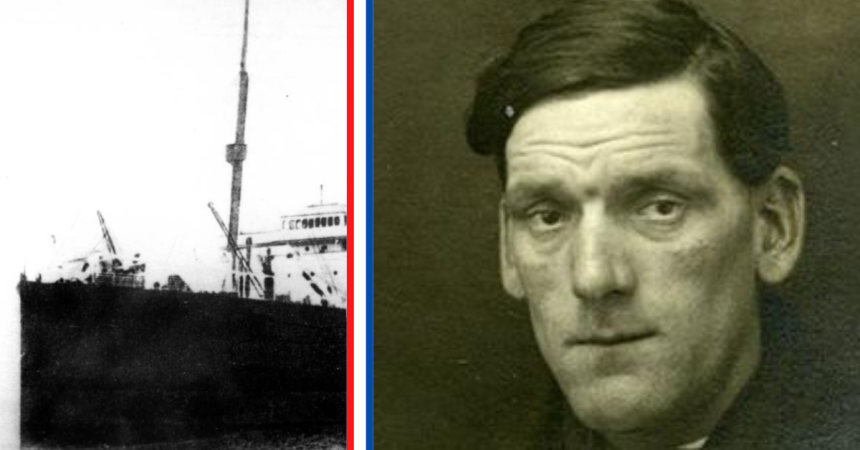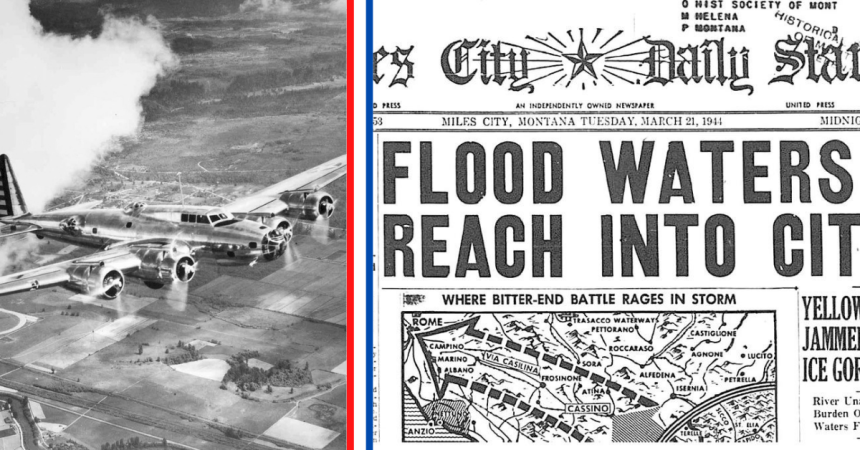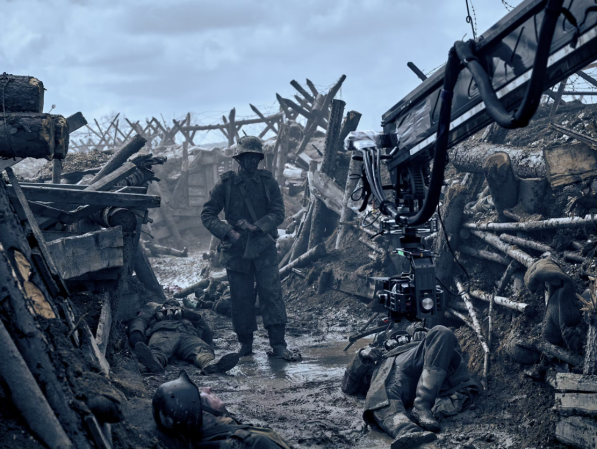Welcome to the world where the Iron Curtain blocks out nearly all the light. Yep, it’s the Cold War, a high-stakes, nail-biting standoff that lasted nearly half a century. Remember those tense games of chess with your grandpa? That’s kind of what the world felt like after World War II. The players? Two superpowers, the United States and the Soviet Union, each itching to shout “checkmate!” This wasn’t your regular game, though. No pieces were taken off the board; no kings were cornered.
This was more than just a match between two players. It was an epic face-off fraught with ideological clashes and an arms race that could make anyone’s head spin. The moves on this chessboard weren’t about losing pieces, but about gaining political and economic ground. That’s to say nothing of spreading influence while blocking the enemy’s path. From shadowy espionage to intense space races, these two superpowers had their hands full, all in a bid to shout “checkmate” in a silent war. Quite the intense game, huh?
Origins: the seeds of discord
The roots of the Cold War can be traced back to the uneasy alliance between the United States, Britain, and the Soviet Union during World War II. Although bound together by the common goal of defeating Nazi Germany, ideological differences quickly created near-irreparable rifts. These rifts widened at the Yalta and Potsdam conferences, where the future of post-war Europe was determined. The U.S. and its allies advocated for the restoration of democratic governments, while the Soviet Union aimed to establish Communist regimes in Eastern Europe, erecting the infamous Iron Curtain.
Post-war negotiations left Berlin, and indeed Germany as a whole, divided into Soviet and Allied sectors. This division would become emblematic of the entire Cold War, representing the sharp ideological divide between East and West. Though the Cold War was marked by the absence of traditional warfare, it did not lack in confrontations. The Cold War saw a number of tense moments and famous battles that threatened to ignite a hot war.
The Berlin Blockade and Airlift
Picture this: it’s 1948, and the Soviet Union has just cut off all land and water routes to West Berlin. The United States, like the hero in a movie, steps up with the Berlin Airlift. Imagine planes full of supplies, in and out of Berlin, all year long. Impressive, right?
The Berlin Blockade (1948-1949) was an audacious attempt by the Soviet Union to seize complete control over the city by severing all land and water routes to West Berlin. In response, the United States, in a show of resolve and innovation, orchestrated the Berlin Airlift. This year-long operation involved Western allies supplying the besieged city entirely by air, circumventing the Soviet blockade.
America faced a crucial test of its logistics, marking a turning point in the Cold War and its desire to see the Iron Curtain pulled down. They showed their readiness to defend democratic principles and contain communism. The Berlin Airlift was seen as a moral and political triumph for the U.S., strengthening its determination to oppose Soviet expansionism. The Airlift’s success garnered support for America’s Cold War strategy, reinforcing the doctrine of containment and paving the way for the establishment of NATO.

Brinkmanship and Diplomacy
Let’s wind the clock to 1962 – the height of the Cold War tensions. Soviet nuclear missiles in Cuba led to a nail-biting 13-day standoff. How did the U.S. respond? By stepping up their diplomacy and military game, proving their strength on the global stage.
The Cuban Missile Crisis in 1962 marked the peak of Cold War tensions, bringing the world to the brink of nuclear war. The discovery of Soviet nuclear missiles in Cuba resulted in a tense 13-day standoff. The U.S., under President Kennedy’s leadership, responded by demanding the removal of the missiles and implementing a naval blockade around the island, effectively quarantining it from incoming Soviet support.
The crisis was a significant test for American diplomacy and military strategy. The measured response of the Kennedy administration, balancing military readiness with diplomatic negotiations, ultimately led to the Soviets dismantling their missile installations in Cuba.
The resolution of the Cuban Missile Crisis profoundly influenced American views and tactics in the Cold War. It underscored the dangers of nuclear brinkmanship and increased efforts to establish communication. It also illustrated de-escalation procedures between the two superpowers. This led to the installation of the infamous “red telephone” direct line between the White House and the Kremlin. Moreover, the crisis strengthened the perception of the U.S. as a strong and capable leader of the free world.
These moments of tension were fraught with risk. However, they also provided opportunities for America to strengthen its international standing and commitment to democratic values. They played crucial roles in shaping the course of the Cold War, reinforcing the importance of diplomacy, preparedness, and the deterrence of aggression.

Ushering in the post-Cold War era
Fast forward to the late 1980s: the Soviet Union saw radical changes. The Berlin Wall came tumbling down in 1989 – an iconic moment, symbolizing the end of the Cold War.
What followed? A shift towards global cooperation and a new set of challenges emerged.
In the late 1980s, the Soviet Union underwent significant changes. In turn, so too did the Iron Curtain. Mikhail Gorbachev’s introduction of “glasnost” (openness) and “perestroika” (restructuring) brought about political and economic reforms. These reforms ultimately signaled the start of the Soviet regime’s decline. The Cold War was characterized by ups and downs of tension, conflict, and transformation. However, the journey is far from over. As we navigate the complexities of today’s interconnected world, grappling with new forms of international conflict and cooperation, we continue to draw lessons from the Cold War’s experiences.
Heeding the lessons of the past
In our increasingly interconnected world, the lessons of the Cold War resonate louder than ever. The standoff between East and West may be a thing of the past. That said, the global stage continues to shift and evolve. As nations flex their muscles in cyberspace and vie for geopolitical influence, it seems there is a new kind of Cold War just around the corner.
But we’ve been here before. We’ve navigated the tension, danced on the brink of conflict, and emerged into a new era of cooperation. As we step into the future, let’s carry with us the lessons of the past. The Cold War taught us that diplomacy, dialogue, and mutual respect are vital tools in avoiding conflict and promoting global stability.



